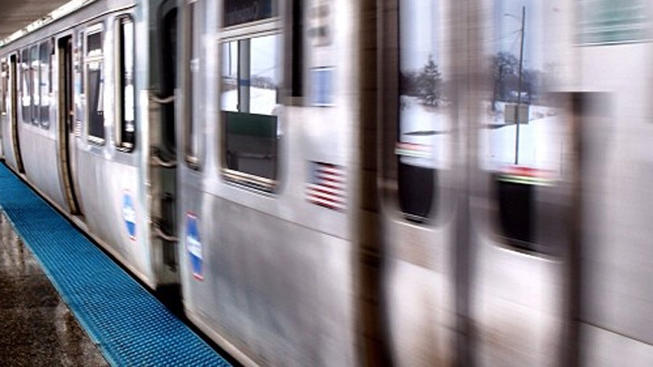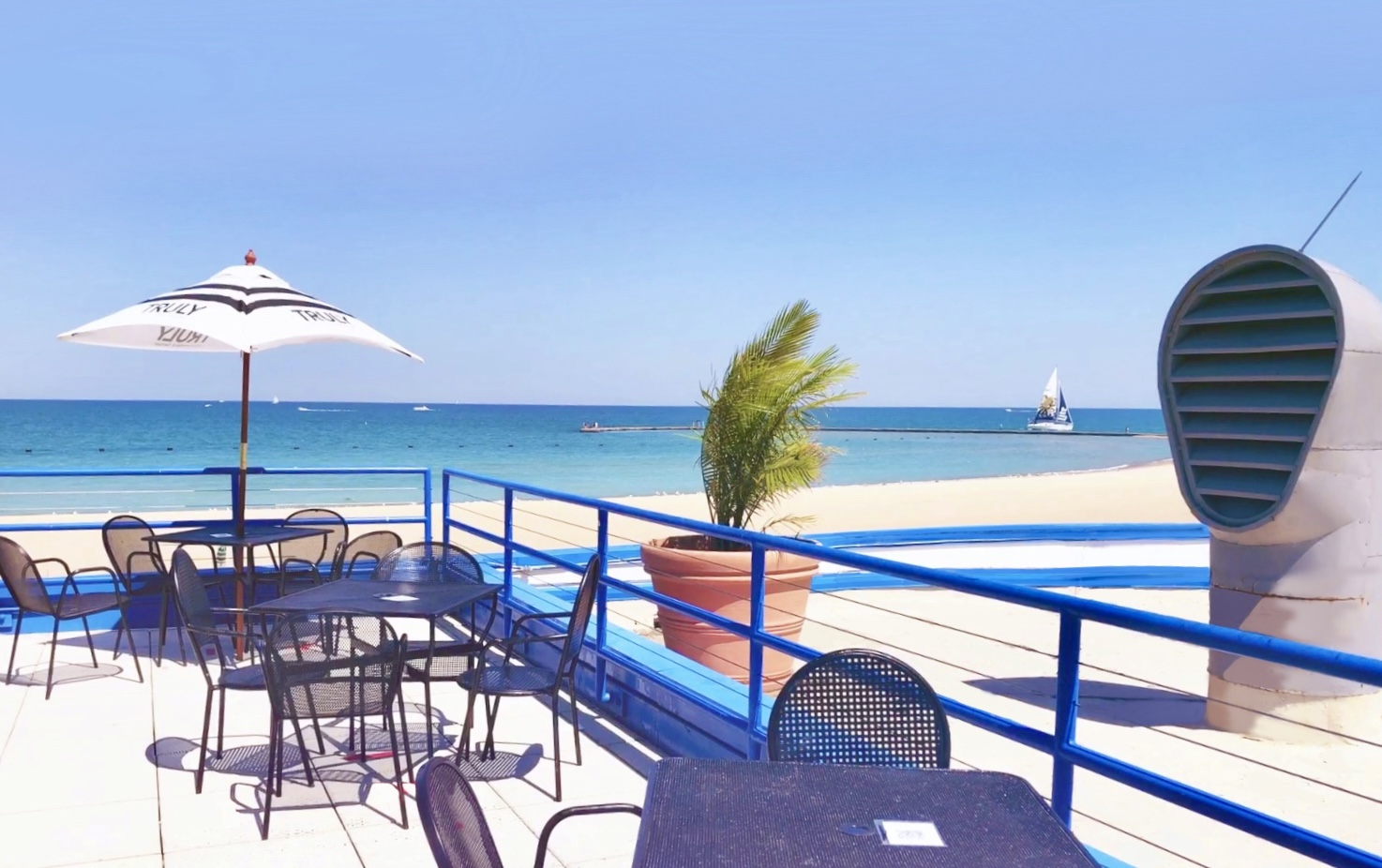If there was one thing in life former Chicago Mayor Harold Washington loved, it was being mayor.
“We’re number one, we’re number one, one, one,” he grinned and chanted with a female group of Chicago Bears fans during the team’s run to the 1986 Super Bowl title. Washington relished moments of levity, even in the midst of a titanic political battle at City Hall.
Jacky Grimshaw remembers all of those moments as if it were yesterday. As a child, she would see Washington at Sunday brunches. As an adult, she would help him campaign and then govern following the contentious 1983 mayoral election.
Washington faced incumbent mayor Jane Byrne and Cook County state’s attorney Richard M. Daley in a race that featured two white Chicagoans against an African-American.
The city was split along racial lines, and Grimshaw was not, she said, prepared for the ugliness that occurred.
“No, I was not. I was, you know, I knew the city. I mean, I had grown up here I have experienced all kinds of, you know, racial animosity and so forth,” she said. “It was awful. And no, I was not prepared for the degree of animosity that that we received.”
A Congressman, Washington was a reluctant candidate. Among his demands before he would enter the race was that new voters be registered, as many new voters as possible.
Local
Young Emma Lozano and her brother Rudy were among those who set out to enroll new voters and convince Washington to run.
“In five weeks, we registered 40,000 new registered voters in the city of Chicago,” Lozano said in a recent interview.
With that, Washington hit the campaign trail.
“How many of you are going to vote?” he asked during a campaign stop. “Now the $64,000 question, how many of you are going to vote for me?”
The city was on edge.
“It was definitely on edge,’ said Lozano. “There was a fight in every community around housing, against police brutality. There were deportations going on…we were trying to get free clinics in our neighborhoods so that we could have access and really, you know, curb the disparities of health care in our community.”
With the white vote split between Byrne and Daley, Washington won the February primary with 36% of the vote.
The general election against Republican Bernie Epton further split Chicago along racial lines, a fact Washington addressed more than once.
“I would like to see racial peace in this city more than I want to be mayor and I want to be mayor so bad I can taste it,” he said on the campaign trail.
In April, Washington eked out another victory with about 52% of the vote and Chicago history was made.
As Washington moved into City Hall, so did the new alderman of the 40th ward, a Daley backer named Pat O’Connor.
“His (Washington’s) first term was a lot of time spent keeping his supporters and his political allies in check,” O’Connor said while sitting in his backyard on the city’s Far North Side. “Because they expected so much to change so quickly, and in my opinion Harold saw that. If he really wanted to be the mayor of the entire city, he had to take it slow.”
But quickly, city government dissolved into chaos. It was called “Council Wars,” and it defined Washington’s tenure.
An epic political battle began as Washington took the podium in the City Council chamber. The mayor had the backing of 21 aldermen. Ed Vrdolyak of the city’s 10th Ward led an all-white group of 29, including Pat O’Connor.
“Power and money, contracts jobs,” was what drove Council Wars, O’Connor said. “For some, it was race I'm not gonna, I mean it was a mixture.”
By the time of the 1987 election, Grimshaw said, bitter political feelings, if not healed, had lessened.
“Yeah, at least he decreased the animosity,” he said. “Maybe that's a better way of putting it that you know there was not really a breakdown in the racial attitudes. But at least people didn't act out on it.”
“The world didn't fall apart when Harold got elected mayor, that you know, the city continued to work, there were still things that were getting done,” added O’Connor. “Nuts and bolts in government we were still going on with, and I think people saw that.”
Now 33 years after Washington’s death, racial divisions still remain in Chicago. How do we move past those black and white divisions, we asked?
“I think first and foremost we have to respect each other. We're families, you know, we all have the same goals and the same dreams,” said Lozano, sitting outside the Pilsen church she pastors. “What we have to do is make America what it should be. What, what our forefathers said it should be, where it should be equality for all of us. And I think if we can just, I think it's there. I just think that we need to build up the movement once again in this spirit.”
“I think when we begin to have honest conversations about what the problems are, we can factor in how we can solve them,” added O’Connor. “But I think we spend more time on looking at the reasons that the problems exist as opposed to what the problems actually are.”
“Now that is a challenging question” sighed Jacky Grimshaw. “And the reason why I think it's a challenging question is that the answer really lies in the hearts and minds of people. And that is something you can only judge by people's behavior. So, what gives me hope really, is the reaction of people of all races to the killing of George Floyd.”
In the end, said Grimshaw, Washington’s legacy can be seen at today at City Hall.
“I think he elevated women,” she said pointing to a trio of women in the top elected positions: a Black mayor, a Black treasurer and a Hispanic clerk. “So, I think that is part of Harold’s legacy that women and people of color have a place in government in the city of Chicago.”
“I think, Harold Washington would be pleased to know that we have the first ever LGBTQ Black woman as the Mayor of the City of Chicago,” Lozano added.
Asked if she is optimistic about the future, Lozano said that she is.
“I am, I have to be, you know, because like I said we have like the protest in the streets right now, the demand for change,” she said. “We've seen it before and it's possible, and it can be done but we have to unify.”



